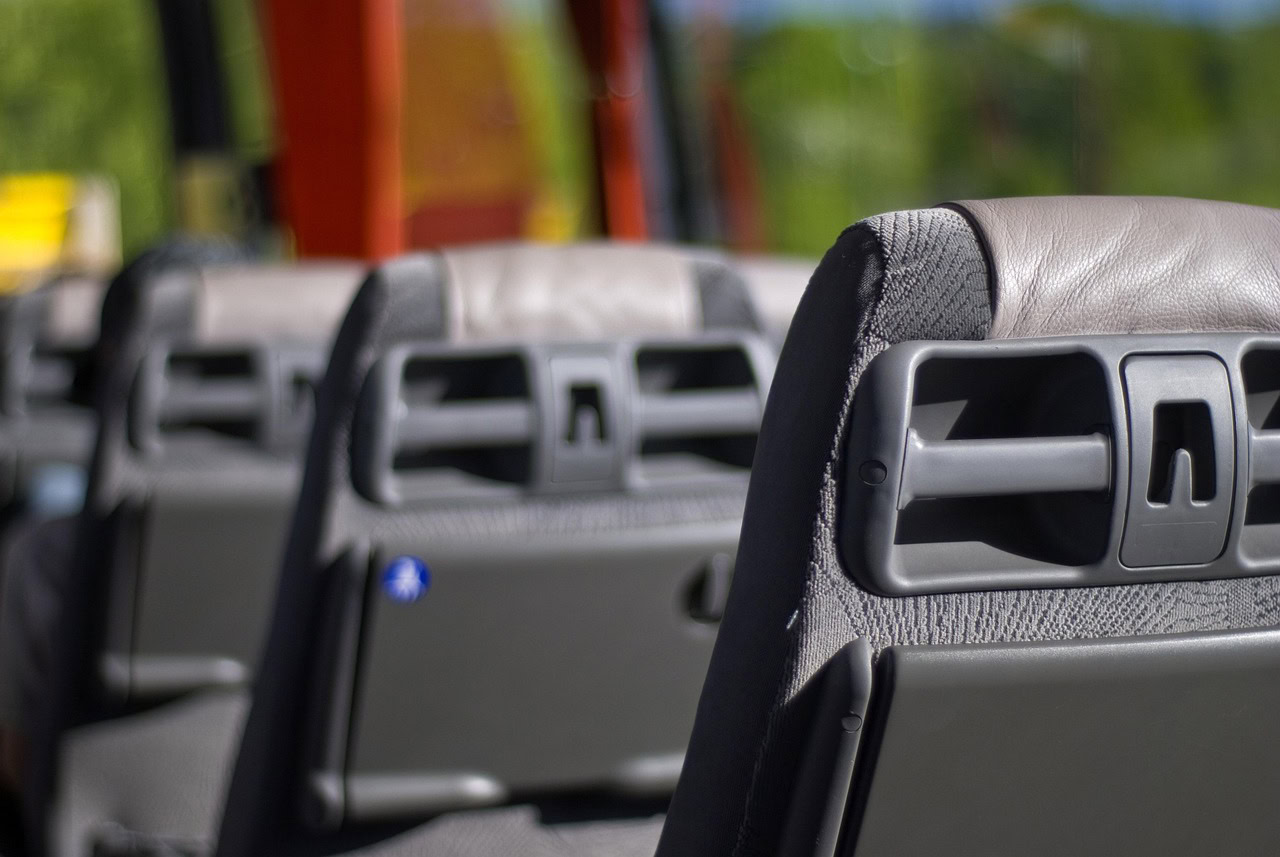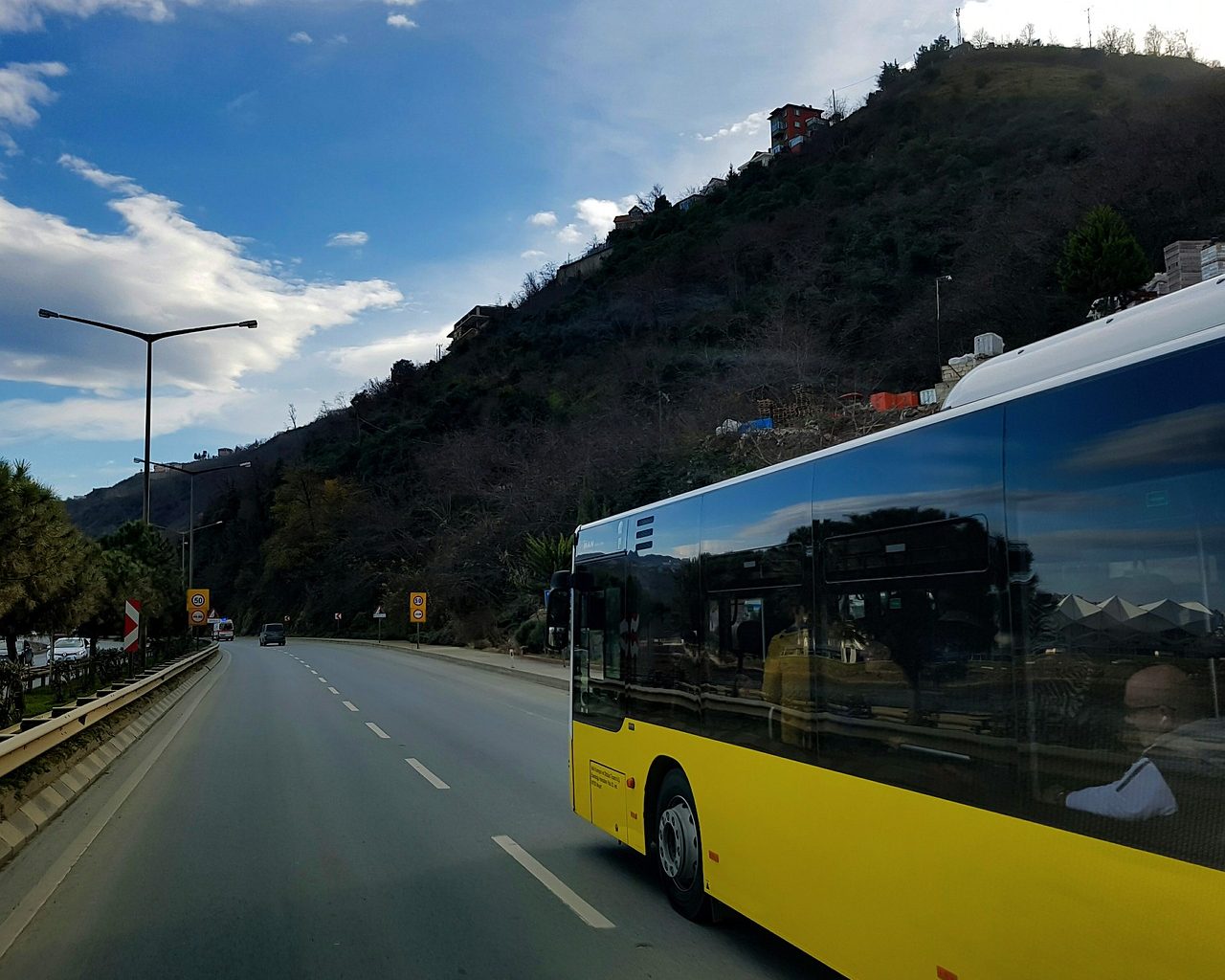Commuting is a daily routine for many, and choosing the right mode of transport can significantly affect one’s experience. Two popular options are driving your own vehicle or taking a shuttle bus. Each has its merits and drawbacks.
Let’s break down the various aspects of shuttle bus commuting versus driving to help you make an informed decision.
Cost Considerations
When it comes to commuting, expenses often take center stage. Driving your own vehicle requires fuel, maintenance, insurance, and parking fees. These costs can accumulate quickly, especially in urban settings where parking is at a premium.
On the flip side, a shuttle bus commute typically involves a set fare, often lower than the cumulative costs of driving.
Shuttle buses may even offer discounts for regular users or monthly passes, making it a budget-friendly alternative for those who commute daily. Thus, if saving money is a priority, hopping on a shuttle may be beneficial.
Time Efficiency
There’s no sugarcoating it: time is of the essence. Driving offers flexibility in terms of departure times and routes. You can take shortcuts or adjust your schedule on the fly.
However, traffic congestion can turn a quick drive into a lengthy ordeal. In contrast, shuttle buses often have designated routes and schedules, giving riders a predictable travel time.
Many municipalities have dedicated bus lanes, allowing shuttle buses to bypass traffic jams, potentially decreasing commute times. If reliability in timing is what you seek, the shuttle bus has a strong case.
Environmental Impact
Environmental awareness is becoming increasingly important in our everyday decisions. Driving a personal vehicle emits carbon dioxide and other pollutants, contributing to climate change and air quality issues.
Shuttle buses, particularly those that are electric or hybrid, can reduce the overall carbon footprint of multiple passengers traveling in one vehicle.
By choosing a shuttle, you’re not only simplifying your commute but also making a positive impact on the environment. The more individuals who opt for public transport, the lesser the pollution generated from individual vehicles.
Comfort and Convenience
Let’s talk comfort. For many, driving provides a personal space—music, air conditioning, and a choice of seating position. It’s your vehicle, your rules.
Yet, this comfort comes with challenges, such as dealing with traffic, road rage, and the stress of driving.
If you’re planning a trip and want to avoid those hassles, taking a shuttle from salt lake to st george is a smooth and relaxing alternative.
A shuttle bus allows you to sit back, relax, and even catch up on reading or other tasks. Many modern shuttle buses are equipped with comfortable seats and Wi-Fi, enhancing the commuting experience.
For those who enjoy multitasking or unwinding, the bus might seem like the more appealing option.
Social Interaction
Traveling alone in your car might seem cozy, but it can also feel isolating. Commuting via shuttle bus opens up opportunities for social interaction.
You can engage in conversations with fellow passengers, neighbors, or even meet new people. This camaraderie can make the commute more pleasant and provide a sense of community.
For those who prefer solitude, a personal vehicle might be preferred. The choice ultimately hinges on whether you appreciate the social aspect of commuting or prefer the solitude of your own ride.
Safety Factors

Safety is always a concern when commuting. Driving your own vehicle allows for control over your safety measures—wearing a seatbelt, ensuring your vehicle is in good condition, and being aware of your surroundings.
Yet, road accidents are an unfortunate reality, and driving can sometimes lead to dangerous situations.
Shuttle buses are generally driven by trained professionals, adhering to safety regulations. Furthermore, you can rest assured that many buses have added safety features, such as GPS tracking and surveillance cameras.
Each mode has its risks, but professional drivers may provide a layer of security that personal drivers cannot always guarantee.
Parking Challenges
Finding a parking spot can be a headache. Many urban areas are plagued with limited parking options, which can lead to frustration and delays.
Driving into congested areas often means circling around in search of a spot or paying hefty parking fees.
Choosing a shuttle bus eliminates this hassle entirely. Most shuttle services have drop-off points near workplaces or transport hubs, making it convenient to get to your destination.
The stress of parking becomes a non-issue, allowing for a smoother start and end to your day.
Flexibility and Accessibility
For some, flexibility is key. Driving allows you to create your own schedule, making spontaneous changes as needed. This can be particularly appealing for people with unpredictable work hours or obligations that require last-minute adjustments.
Shuttle buses, however, operate on fixed schedules. Missing a bus could mean waiting for the next one, potentially leading to delays.
That said, many shuttle services have embraced technology, providing real-time tracking and updates. For those who appreciate structure, the regularity of shuttle services may be appealing.
Health Benefits
Health can easily take a back seat when commuting. Driving often leads to a sedentary lifestyle, with limited physical activity throughout the day.
Commuting via shuttle bus often involves some walking, whether to the bus stop or from the drop-off point to your workplace.
Regular walking can contribute to better physical health and even mental well-being. The simple act of being outdoors and moving can have positive effects on mood and energy levels.
For those looking to incorporate more activity into their routine, the shuttle bus might just be the ticket.
Reliability of Service
Bus services can vary in reliability. Some areas have well-established shuttle networks with frequent and timely departures.
Others may experience inconsistencies in schedules, leading to frustration for users. It’s essential to research the specific shuttle service in your area to gauge its reliability.
On the other hand, driving offers control over your schedule but can be affected by external factors, such as traffic jams or road construction. Each mode comes with its own set of challenges regarding dependability, so weighing the specifics of your region is necessary.









